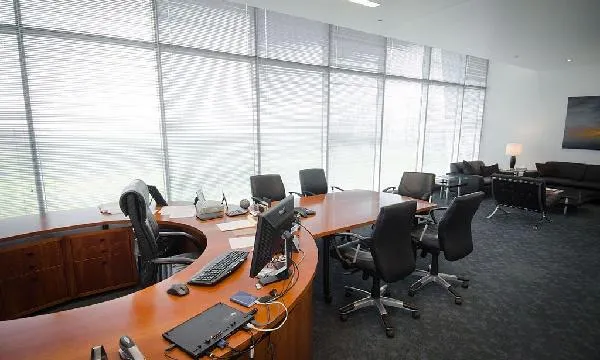
New office supply in APAC up 12% YoY in Q2, driven by India and Melbourne CBD
Aggregate new supply in the 19 APAC cities that Colliers tracks closely reached about 1.42 million square metres in Q2 2020.
This total was down 14% from the level of Q1 2020, but was up 12% YOY, from 1.27 million square metres in Q2 2019. Aggregate new supply in Q2 thus amounted to 3.0x aggregate absorption in Q2 2020, of 0.48 million square metres.
Over H1 2020 as a whole, the biggest drivers of new supply in APAC were the Indian cities. Bangalore led the way with new supply of 641,000 square metres, followed by Delhi-NCR on 445,000 square metres. While the bulk of this new supply represented projects in the final stage of completion that had been held back from 2019, it is surprising that so much activity took place in India despite a national lockdown. Other major drivers of supply included Melbourne CBD, where 218,000 square metres of new office stock (all grades) were delivered over H1.
Here’s more from Colliers:
Supply in China in H1 was also below our assumptions
By contrast, in many other cities new supply virtually ground to a halt in Q2 2020. Notably, Shanghai saw no new supply in Q2, with new projects totalling about 500,000 square metres deferred to 2021, while new supply in Beijing, Shenzhen and Guangzhou also fell below earlier indications. Hong Kong SAR was another city with no new supply in the period
Outlook: H2 2020
Supply set to pick up in China and India over H2
We foresee a sharp increase in project deliveries in China over H2. New supply in Beijing over 2020 as a whole should fall 8% YOY, to 790,000 square metres, while Shenzhen should see an increase of 21%, to 859,000 square metres. In contrast, we expect total 2020 new supply in Shanghai to jump 133% from 2019, to just over 2.0 million square metres. In Guangzhou, we expect total 2020 new supply to surge threefold from 2019, to 602,000 square metres. While it is conceivable that H2 development plans will see further deferrals to 2021, the robust economic recovery in China suggests overall deferrals will be limited.
Besides China, we foresee heavy increases in new supply in two of the leading Indian cities in H2. For Bangalore, we thus predict new supply for 2020 of 1.90 million square metres, up 24% YOY. For Delhi-NCR, we predict new supply in 2020 of 1.68 million square metres, up more than 3x from 2019 and the highest level in three years. If COVID-19 spreads further in India, development projects may see delays, but this did not happen in H1.
Tokyo, Seoul, Melbourne CBD and Auckland should also see high supply in H2
Among the developed Asian cities, new supply in Tokyo in 2020 should be almost double last year’s level, at 919,000 square metres. Despite the current sharp recession in Japan, we think developers will be encouraged to press ahead with projects already underway in Tokyo by low overall vacancy (under 2.0%) and by the high level of pre-commitments in the market – equivalent to 85% of new supply for 2020 and 65% of new supply for 2021.
Meanwhile, in Seoul, ambitious development plans for the Yeouido Business District (which looks set to see oversupply) should push total new supply to 642,000 square metres, a threefold increase from 2019.
In Australia, total net supply (all office grades) in Sydney CBD should reach just over 60,000 square metres for 2020 as a whole. After a very strong H1, Melbourne CBD should see about 110,000 square metres of new supply (all grades) in H2, giving 331,000 square metres over the year. In New Zealand, we expect 2020 net new supply in Auckland to reach 46,500 square metres, marking the peak of the current development cycle. Many of the pipeline schemes were at an advanced stage prior to the COVID-19 lockdown and therefore delays to completion have been minimal.
Overall APAC supply should rise 75% over 2020
If the development plans that we project for H2 2020 go ahead, aggregate new supply across APAC for 2020 will reach 11.48 million square metres, up around 75% from the 2019 level. Aggregate new supply in H1 2020 of 3.07 million square metres will represent only 27% of the total for the year.



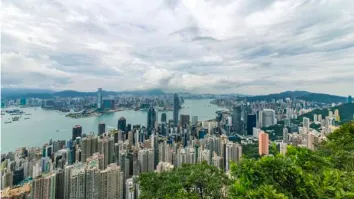
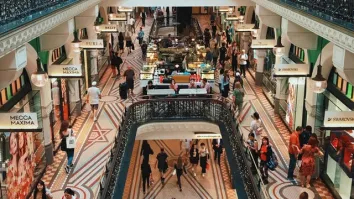

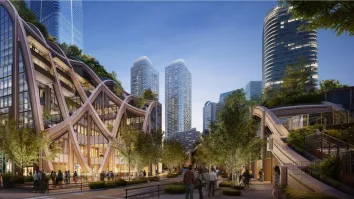


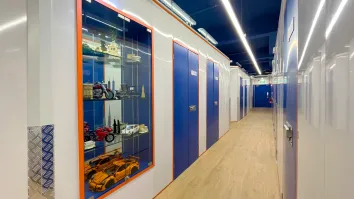




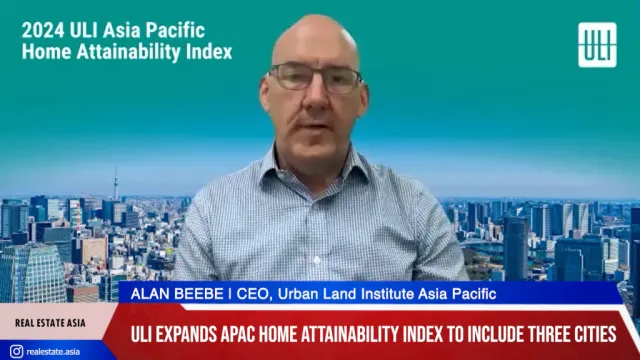

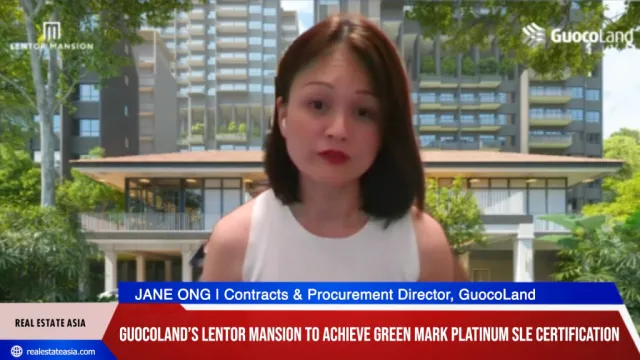


 Advertise
Advertise






